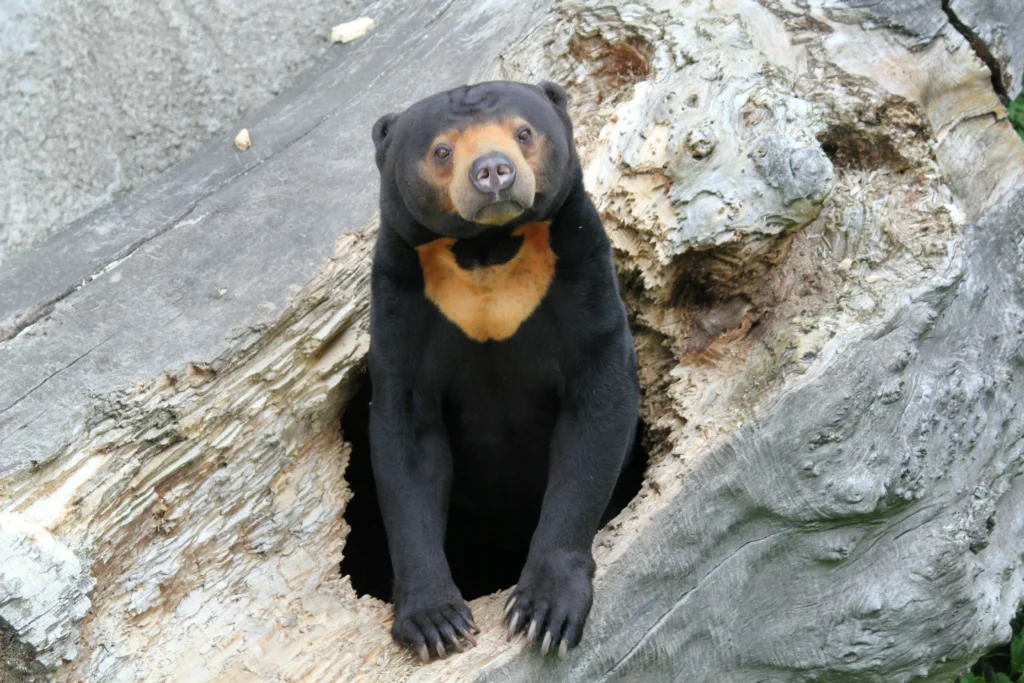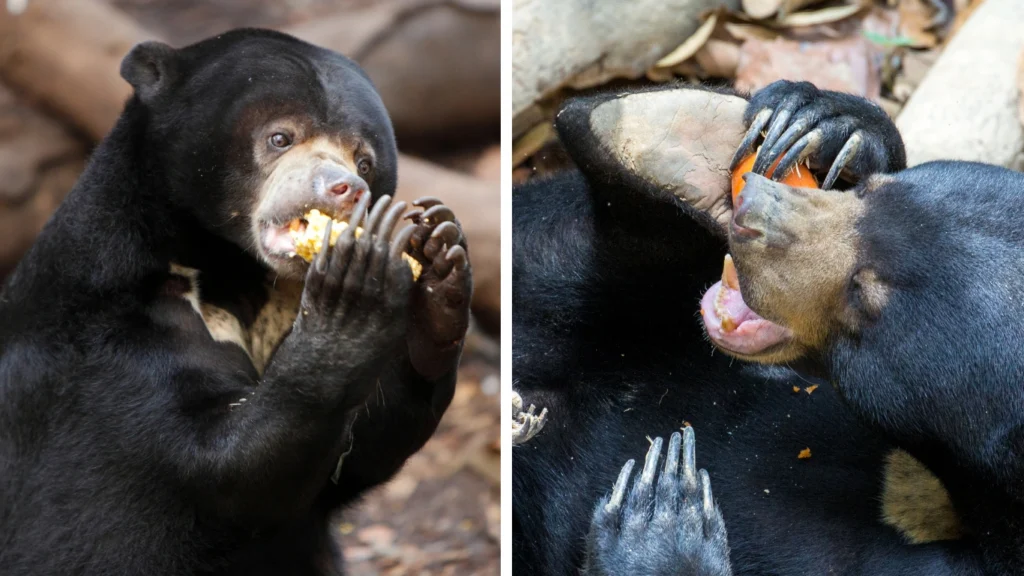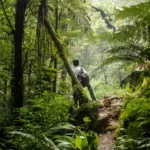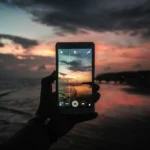Table of Contents
ToggleIntroduction
What Is the Bornean Sun Bear Conservation Centre?

Photo Credit: Andre Schneider
Why Are Bornean Sun Bears Endangered?

What to Expect When You Visit
Feeding Times and Facilities
- Well-maintained and wheelchair-accessible boardwalks
- Resting benches along the trail
- Interpretive panels explaining bear behaviors and threats
- A visitor information centre with videos and educational exhibits
- A souvenir shop featuring ethically sourced crafts and books
- Clean restrooms and access to nearby cafés located near the Orangutan centre

How to Get There from Sandakan or Kota Kinabalu
Entrance Fees, Opening Hours & Best Time to Visit
🎟️ Entrance Fees (as of 2025):
- International Adults: RM 50
- International Children (below 18): RM 25
- Malaysian Adults: RM 10
- Malaysian Children: RM 5
- Camera Fee: RM1,000 for cameras with lenses 500mm and above.
📆 Best Time to Visit:
Can You Visit Sepilok Orangutan Rehabilitation Centre and the Sun Bear Centre in One Day?

Educational Value for Families & Kids
Is It Worth Visiting? Our Verdict & Our 5 Reasons For It
So, is the Bornean Sun Bear Conservation Centre worth visiting? Based on everything we’ve explored above, it absolutely is! And here are 5 powerful reasons why this inspiring sanctuary deserves a place on your Sabah itinerary:
1. Meaningful Wildlife Conservation in Action
Unlike commercial zoos, the Bornean Sun Bear Conservation Centre focuses purely on the rescue, rehabilitation, and protection of endangered Bornean Sun Bears. Your visit directly supports ethical conservation efforts and helps raise awareness for an often-overlooked species.
2. Educational and Eye-Opening Experience
The centre offers valuable insights into the lives of Sun Bears, their ecological role, and the threats they face. Through storytelling panels, observation decks, and real rescue stories, visitors gain a deeper understanding of rainforest conservation and ethical tourism.
3. Immersive Rainforest Setting
Surrounded by lush rainforest, the centre’s elevated boardwalks offer an authentic, peaceful wildlife-watching experience. Watching rescued bears rediscover their instincts in naturalistic enclosures creates a moving connection to nature.
4. Family-Friendly and Accessible for All Ages
Whether you’re traveling solo, as a family, or with elderly companions, the BSBCC’s safe, stroller- and wheelchair-friendly facilities make it a comfortable and enriching visit for all ages — especially for teaching kids about real-world conservation.
5. Impact Beyond Your Visit
Every entrance ticket, souvenir, or donation helps feed the bears, fund medical care, expand enclosures, and educate more people about protecting Borneo’s endangered wildlife. A few hours of your time contributes to a lasting, real-world difference.
FAQs
Q: How long should I spend at the centre?
A: Most visits last 1–2 hours. Combine with Sepilok for a full half-day trip.
Q: Are the Sun Bears dangerous to visitors?
A: No. Visitors remain on elevated walkways at a safe and respectful distance.
Q: Is the centre suitable for elderly or young children?
A: Yes. The walkways are safe, shaded, and accessible for all ages.





